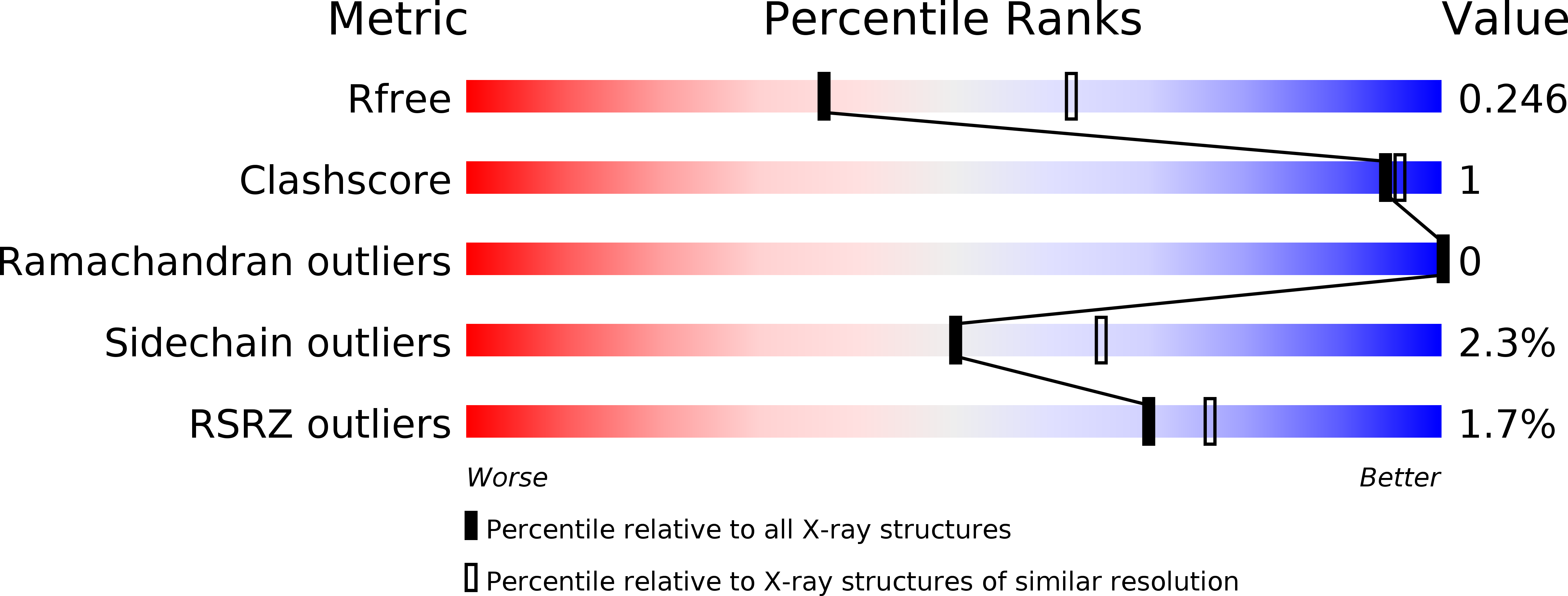
Deposition Date
2014-02-21
Release Date
2014-05-28
Last Version Date
2024-11-06
Entry Detail
PDB ID:
4CQQ
Keywords:
Title:
H5 (VN1194) Ser227Asn/Gln196Arg Mutant Haemagglutinin in Complex with Avian Receptor Analogue 3'SLN
Biological Source:
Source Organism:
Influenza A virus (Taxon ID: 644788)
Host Organism:
Method Details:
Experimental Method:
Resolution:
2.55 Å
R-Value Free:
0.24
R-Value Work:
0.19
R-Value Observed:
0.19
Space Group:
H 3 2


